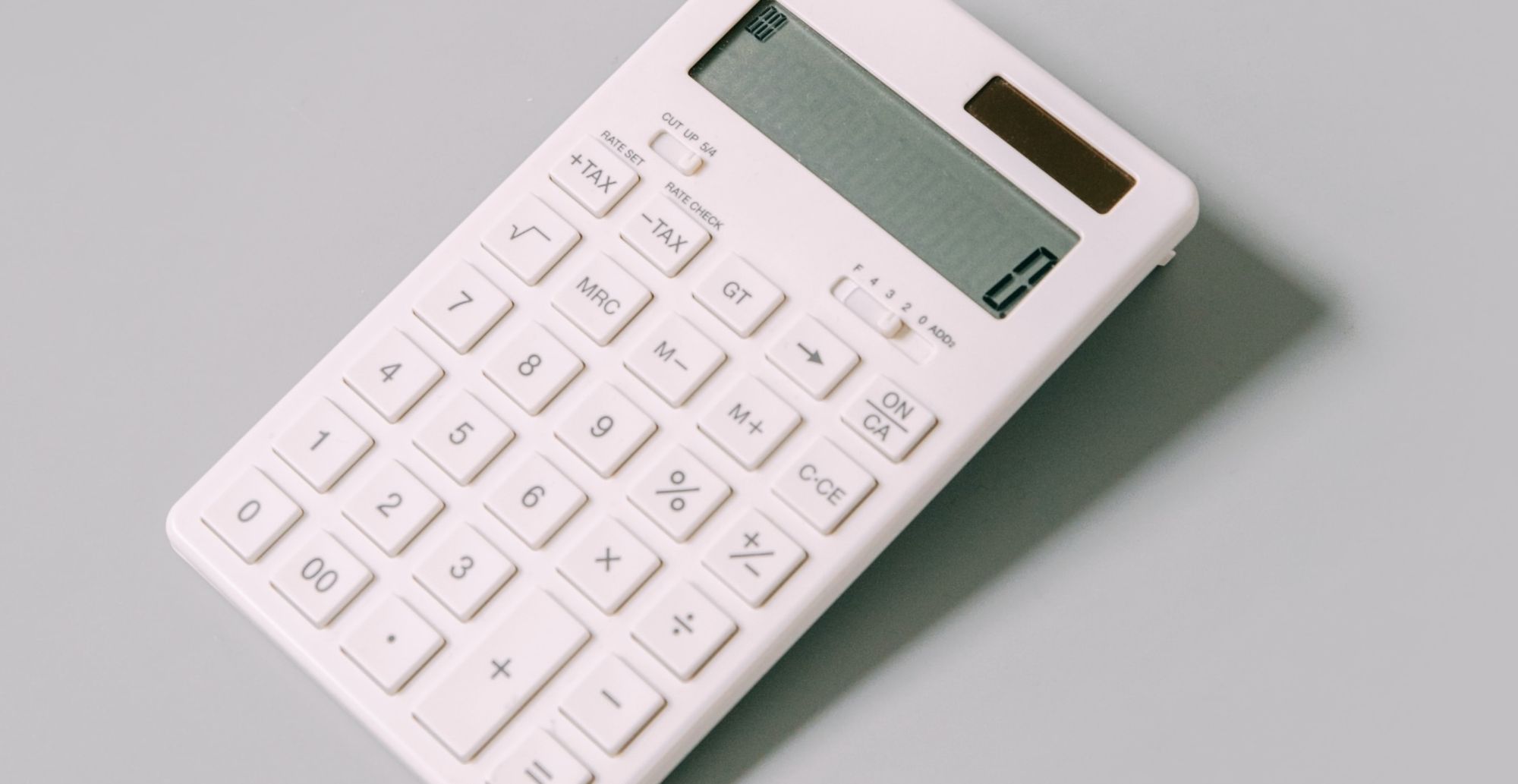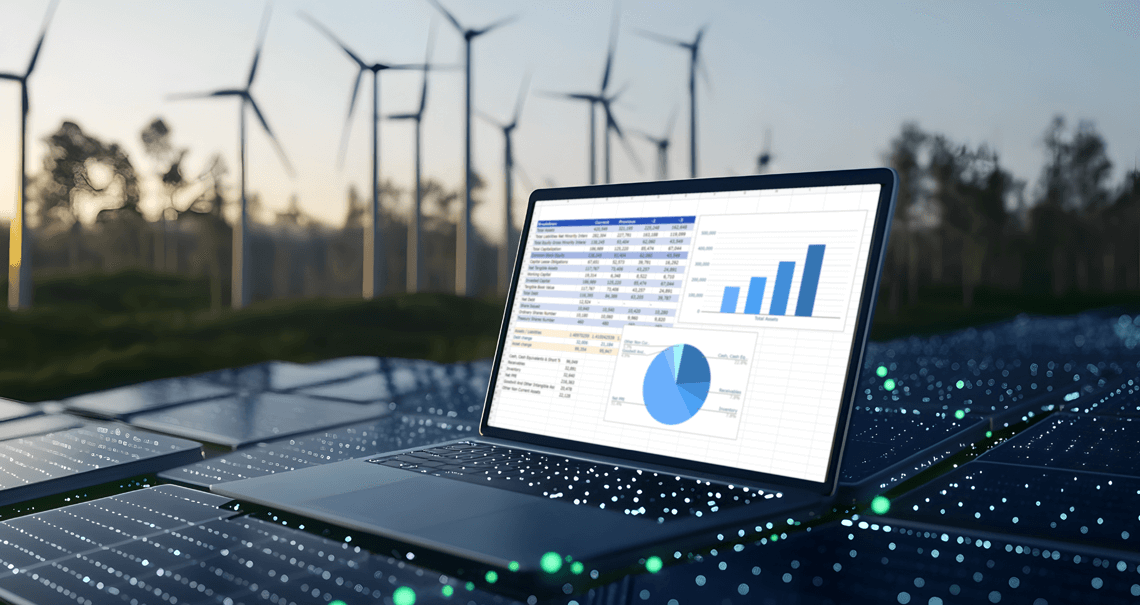How Automatic ETRM Platform Updates Save Time, Money, and Headaches

Keeping your ETRM platform updated is a must, not just a nice-to-have. With ever-shifting energy and commodity markets and the inherent volatility you’ve come to expect, the status quo ETRM that got you here won’t get you far. As the Greek philosopher Heraclitus once said, “The only constant is change.” If your ETRM platform cannot easily adapt to changes, your company will also get left in the dust.
Some legacy ETRMs make you pay for updates — and handle the installation yourself (or pay them to install them). The outcome? You're left with an outdated platform while waiting to get critical system updates, brittle integrations, limited flexibility… and less money in your pocket. In a market that demands agility and the need to move faster, that’s simply not good enough.
It makes sense that in shifting and fast-moving markets, agility and analytics are top risk management priorities. In response, more modern ETRM platforms are prioritizing automatic updates to support evolving trade risk priorities.
So, how does your current ETRM solution stack up?
In this blog, we’ll explore the benefits of an ETRM platform with automatic updates, walk through the stages of finding a new ETRM, and learn how automatic updates can transform your experience.
Table of Contents
I. How Do SaaS ETRM Software Updates Compare to On-Prem Platforms?
- Step 1: Evaluating ETRM Platforms
- Step 2: Choosing your Next ETRM Platform
- Step 3: Implementing Your New ETRM Platform
- Step 4: Post-Implementation
II. How Do the Best ETRM Platforms Handle Upgrades?
How Do SaaS ETRM Software Updates Compare to On-Prem Platforms?
Whether you invest in a SaaS or on-prem ETRM provider determines how they handle updates. SaaS ETRM platforms operate on a shared infrastructure, which means:
- The vendor implements updates, not an internal IT team
- You don't have to pay additional costs for updates
- Vendors push updates to every customer at once
- New updates don't take months to implement
- Automated testing immediately notifies vendors of any issues
If you're considering a new ETRM, let's set the scene: You're ready for a new ETRM platform. Your current one is lagging and not meeting your needs, or maybe it's costing your team too much time and money. Either way, you want to ensure your next system is more efficient and adaptable to your business requirements.
So, what's a critical key to finding a sustainable, adaptable ETRM platform? Automatic updates. Here's why.
Step 1: Evaluating ETRM Platforms
Let's set another scene: You stumble across ETRM Company 1. You check out the website, and it seems promising. The vendor offers an on-prem ETRM with physical and financial deal capture and front-to-back office functionality. You like what you see and add them to your list of potential options.
Later that week, you find another option, SaaS ETRM Company 2. They offer similar features to ETRM Company 1 but operate on a SaaS infrastructure. You add them to your list as well, along with some other options.
Step 2: Choosing Your Next ETRM Platform
You and your team narrow your list to four ETRMs, which include ETRM Company 1 and SaaS ETRM Company 2. You schedule a demo with each company. Your first demo is with ETRM Company 1. The demo goes well, and the software appears to have everything you need. Later, you have your demo with SaaS ETRM Company 2. Their ETRM has similar functions to the first one, but the major difference is they provide automatic updates every two weeks.
Your team decides that your top choices are ETRM Company 1 and SaaS Company 2. You talk with the sales teams to determine pricing and implementation. Both companies give you a similar quote.
One subtle difference can make or break your next couple of years (or longer!). Since Company 2 has a SaaS product with packages, they can include implementation and maintenance fees in their quote.
Now for the moment of truth: Which software vendor will you choose?
Step 3: Implementing Your New ETRM Platform
Let's say you choose ETRM Company 1 because they're an established vendor in the industry. Now, it's time to start implementation.
With vendor support, your IT team starts to implement your new ETRM. Soon, you learn that some of the features you saw during the demo will cost your team more time and resources than you accounted for. You may need to upgrade to access it, or you have to build an additional workflow to connect endpoints.
Since you had your share of roadblocks, implementation goes way longer than expected. Even worse, you had to invest more money than was allocated in your budget. It's been nearly a year, and you don't see an end to implementation.
Step 4: Post-Implementation
Flash forward to the coming months with your new ETRM platform – you survive implementation. Despite the issues, your new ETRM works well for your team. A system update is available, but your team can't allocate any more money since implementation exceeded your budget.
Even though you don't have the newest version, it doesn't pose any issues to your team... at least, not yet. Until one day, you notice a Microsoft or other backend software update has broken the interoperability with your ETRM. Or, your vendor may tell you that your team needs to pay to upgrade; otherwise, they'll no longer offer you support.
Either way, you have to allocate even more time and resources to your ETRM than you originally factored into your budget or calendar. Just how long will these upgrades take? In some cases, anywhere between six months to a year. That lengthy upgrade time causes you to exceed the support hours outlined in your contract. So, what does that mean for your team? That's even more unexpected money you have to pour into your ETRM.
Now, you have the latest software version, whether your vendor forced you into the update or your team needed it for your day-to-day responsibilities. You quickly notice that the software upgrade offered few improvements your team hadn't solved already. So, was it worth it? Although it's currently up-to-date, it could only be a matter of time before you need another update.
How Do the Best ETRM Platforms Handle Upgrades?
In short, automatic updates are important because you don't have to waste your time, money, and support hours upgrading your ETRM. Since efficiencies gained is the top way risk managers measure ROI of an ETRM, it makes sense to have an ETRM that handles updates automatically — so you and your team have more freedom to focus on what you do best.
With the best ETRM software, upgrades are just part of the package. Implementation runs quicker and smoother, and updates are frequent and seamless. That means you don't have to worry about the flexibility or interoperability of your system.
If there's an issue, a SaaS ETRM vendor will fix it for every customer on the application at once. The best ones will find a solution and push an update out before you're aware of a problem. That means no wasted time or money on useless upgrades and support hours. Instead, you can allocate those resources elsewhere to maximize your team's efficiency.
Automatic updates can drastically transform how you manage trades and risk in your portfolio and reduce headaches and worry pertaining to keeping your ETRM software up-to-date.
Editor’s note: This blog was first published in August 2023 and updated in November 2024.
RELATED POSTS









